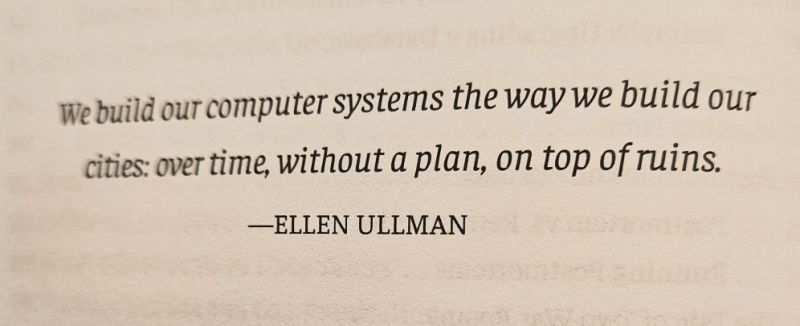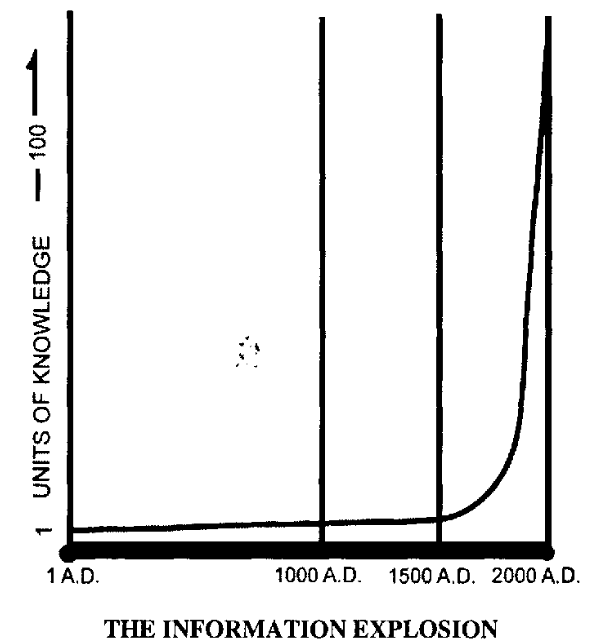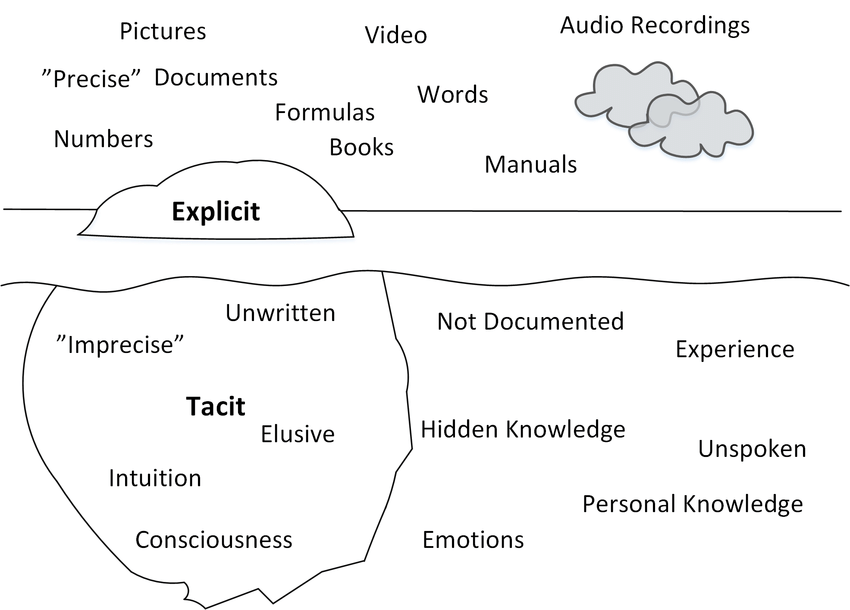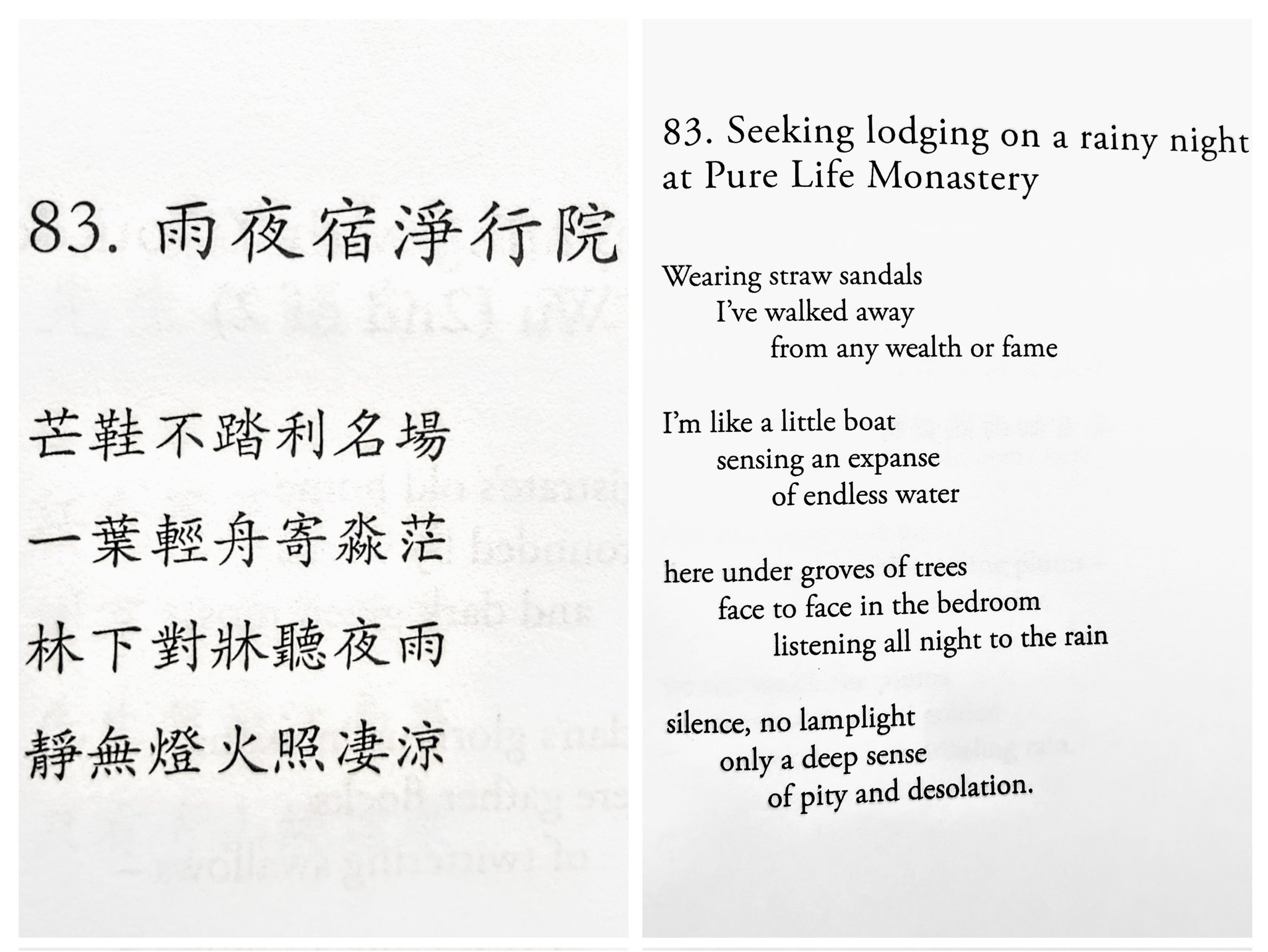Richard Feynman’s blackboard at time of his death
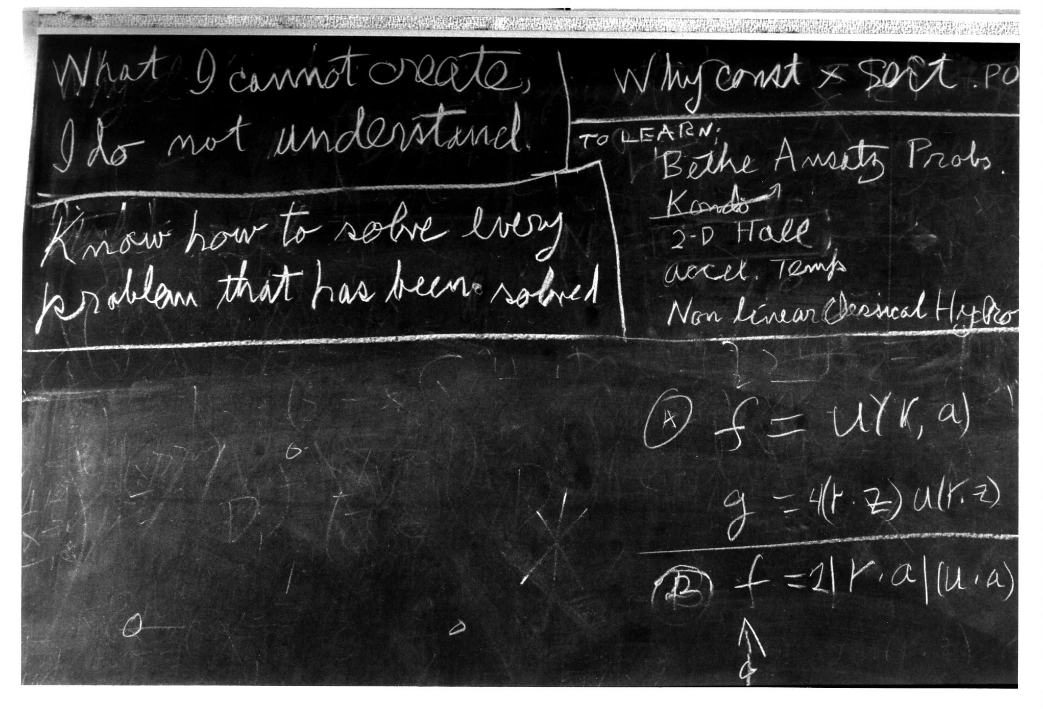
Richard Feynman’s “Last Blackboard” Analysis
Richard Feynman’s “last blackboard” is famous both for what it literally shows—his handwriting, partial notes, and equations—and for the broader symbolism people have attached to it. Below is a more detailed breakdown of each section and why it’s significant.
1. The Top Lines
“What I cannot create I do not understand.”
Possible Meaning:
This line encapsulates Feynman’s deep conviction that genuine understanding in science (and particularly in physics) comes from being able to re‐derive, rebuild, or “create” an idea from the ground up. If you can construct a phenomenon or theory step by step yourself, you truly understand it.
Historical Note:
There’s sometimes debate over the exact source or phrasing of this quote. It’s often attributed directly to Feynman, though some trace its spirit to Wittgenstein or other thinkers. Regardless, it strongly reflects Feynman’s style: he was known to insist on re‐deriving known results and prided himself on not just taking existing solutions at face value.
“Know how to solve every problem that has been solved.”
Possible Meaning:
This line underscores another key part of Feynman’s philosophy: he believed that one should be intimately familiar with the repertoire of known physics problems and their solutions. By learning how previous problems were solved, you build a mental toolkit for tackling new problems.
Feynman’s Approach:
He famously re‐derived major results on his own, from quantum mechanics to electrodynamics, often because he wanted a fresh, intuitive understanding. “Know how to solve every problem that has been solved” is a succinct way of saying: “Master the canon of known problems; don’t rely on secondhand knowledge.”
2. The “To Learn” Section (Center/Right)
This part is partly erased or smudged, but it appears to be a short list of research topics or curiosities Feynman wanted to explore further:
To learn: Beta ... Prob. Knot 2-D Hall (real Temps? real tamps?) Non Linear Classical ...
“Beta … Prob.”
Some interpret this as “Beta anomaly problem” or “Beta asymptotics problem.” In physics, “beta” often refers to the beta function (e.g., in quantum field theory, the beta function describes how coupling constants change with energy scale).
“Knot”
This may indicate an interest in knot theory or topological ideas (e.g., the study of how knots behave in physical systems). Feynman was known to be intrigued by seemingly abstract mathematical ideas that might shed light on physical phenomena.
“2-D Hall”
Possibly referring to the two‐dimensional Hall effect, including the quantum Hall effect discovered in the early 1980s, which was a hot research topic at the time.
“(real temps?)”
It’s unclear whether he wrote “real temps” or “real tamps.” One guess is “real temperatures,” meaning real‐temperature (finite‐temperature) effects in a 2D system.
“Non Linear Classical …”
Possibly “Nonlinear classical theory,” “Nonlinear classical physics,” or “Nonlinear classical hydrodynamics.” Feynman had broad interests, including fluid dynamics, chaos, and related nonlinear phenomena.
These lines give us a snapshot of what was on his mind or “to‐do list” near the end of his life—a set of advanced or emerging problems in physics and mathematics he still wanted to investigate.
3. The Bottom‐Right Equations
f = U(R, a) g = (4 – 2) U(1 + 2) f = –21 r^(1/2) (…)
Meaning/Context:
These are fragments of some functional relationships or potential expansions. It’s not entirely clear which specific problem he was working on. It could be a quick jotting of an idea about a function U(·) depending on variables R and a.
“g = (4 – 2) U(1 + 2)” looks almost like a placeholder or a simplified expression (4 – 2 = 2). He might have been playing with scaling or specific numeric values in a problem.
“f = –21 r^(1/2) …” suggests some proportionality to √r. He may have been testing an approximation, a dimensional analysis, or a boundary condition. Because the chalkboard is incomplete, we only see a snippet.
While many have speculated, the bottom‐right corner doesn’t clearly match any single well‐known Feynman derivation. It may have been a side calculation or an outline for a discussion. The partial nature is part of what makes the blackboard so poignant—it’s a window into a process rather than a finished product.
4. Symbolic Significance
- A “Snapshot” in Time: The blackboard is not necessarily Feynman’s grand “final statement”; it’s just what happened to be on his board when he died in February 1988. Yet, it’s often treated as a distillation of his mindset and style.
-
Feynman’s Legacy:
- Curiosity: Always exploring new ideas (“To learn” list).
- Hands‐On Understanding: “What I cannot create I do not understand.”
- Mastery of Canonical Problems: “Know how to solve every problem that has been solved.”
- Playfulness with Equations: The partial functions at the bottom reflect the tinkering approach Feynman was famous for.
5. Where You Can See It
Location: The blackboard is preserved at the California Institute of Technology (Caltech), where Feynman spent most of his career. It has become an iconic piece of scientific memorabilia, akin to Einstein’s chalkboard at the University of Oxford.
In Summary
Feynman’s final blackboard highlights his enduring themes:
- Creative approach to science (you must be able to “build” or re‐derive ideas).
- Comprehensive approach to learning (knowing every solved problem).
- Restless curiosity (his “To learn” list spanning knot theory, 2D physics, nonlinear systems, etc.).
- Hands‐on method of notation and tinkering (the half‐finished equations at the bottom).
Though it’s just a casual snapshot of his notes, it has taken on an almost mythic status, reflecting the ethos of a physicist who believed in understanding by doing, a dedication to constant learning, and a willingness to explore ideas at the frontier.






